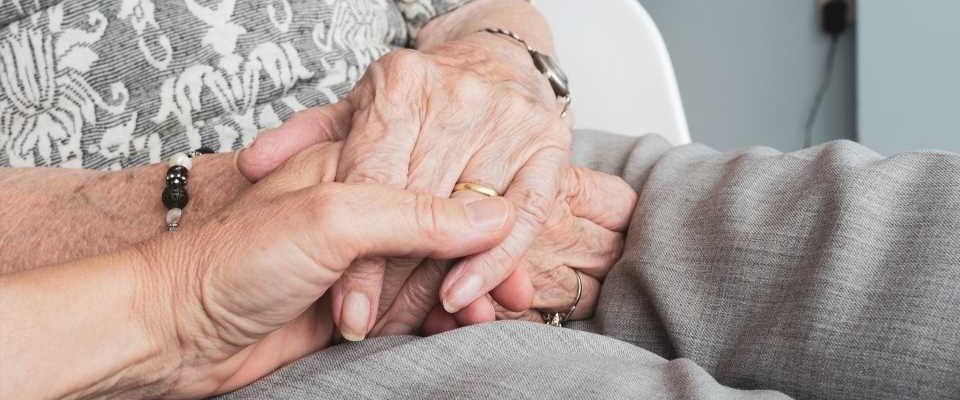
The COVID-19 pandemic put extraordinary strain on the U.S. health care system, but it also accelerated the adoption of telehealth—especially among older adults, who were the least likely to engage in remote care beforehand.
For these patients, telehealth has proven to offer faster referral times, reduced travel, lower costs and a host of other benefits that make it an attractive option for a wide range of health care needs. Yet, many challenges have emerged for older adults who engage in remote care—challenges that telehealth services simply weren’t designed to address.
For example, older adults are far more likely than the average patient to experience technological barriers, cognitive issues, and physical limitations such as poor eyesight or hearing that can disrupt their telehealth experience. They also tend to have more complex medical histories, requiring greater coordination with other health care providers.
A first-ever set of principles and guidelines for providing telehealth to older patients is laid out in a new article published in the Journal of the American Geriatrics Society, a first step in ensuring that regardless of age, patients are able to reap the benefits of high-quality remote care.
“We’ve seen how telehealth can be a vital tool for caring for older adults, particularly those who are homebound, lack transportation, have mobility challenges or live in rural areas where specialists may be non-existent or difficult to access,” says Liane Wardlow, Ph.D., senior director of Clinical Research and Telehealth at West Health and a lead author of the study. “The challenges older patients experience with telehealth aren’t insurmountable; they can be addressed by designing remote care in a more intentional way.”
Weighing the vast potential of telehealth against the ongoing challenges of serving older patients, West Health in September 2021 convened a group of cross-disciplinary experts to produce the first-ever guidelines for offering telehealth safely and effectively to seniors. The group, called the Collaborative for Telehealth and Aging, includes health care providers, patient advocates and experts in geriatrics, telemedicine and more.
The principles and guidelines spelled out in the new article are the result of more than a year of iterative, consensus-driven work. The three principles offer general rules to guide behavior, while the guidelines provide specificity for each principles, with individual goals that programs and providers should aim to achieve. The principles state that telehealth care should be:
- Person-centered. Telehealth programs should be designed to meet the needs and preferences of older adults by considering their goals, family and caregivers, linguistic characteristics, and readiness and ability to use technology.
- Equitable and accessible. Telehealth programs should address individual and systemic barriers to care for older adults by considering issues of equity and access.
- Integrated and coordinated across systems and people. Telehealth should limit fragmentation, improve data sharing, increase communication across stakeholders, and address both workforce and financial sustainability.
As a next step, members of the Collaborative for Telehealth and Aging are working to create implementation strategies focused on how to operationalize the current recommendations.
“We recognize that creating and implementing solutions that adhere to the general principles and guidelines will depend greatly upon local context and the unique circumstances of health systems and the patients they serve,” Wardlow says.
“A solution for a healthy 95-year-old may be vastly different than a solution for a homebound 65-year-old, and a solution in a rural area may be quite different from a solution in an urban area. Our goal is to leave room for flexibility while keeping a constant commitment to addressing health care disparities.”
More information:
Liane Wardlow et al, Development of telehealth principles and guidelines for older adults: A modified Delphi approach, Journal of the American Geriatrics Society (2022). DOI: 10.1111/jgs.18123
Journal information:
Journal of the American Geriatrics Society
Source: Read Full Article
